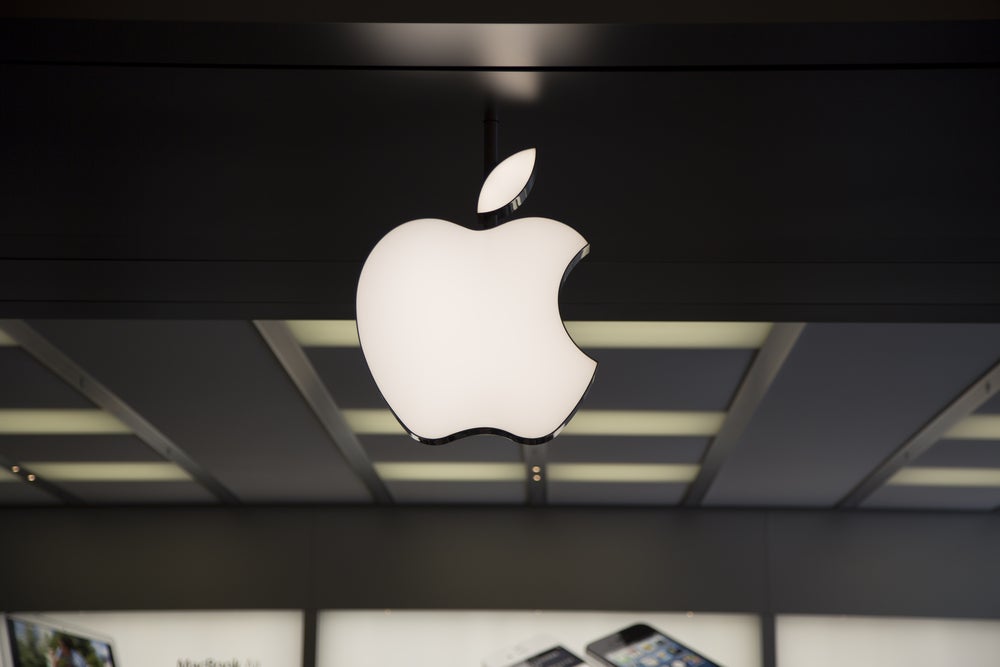A modem is the communication bridge between the phone and a cellular network, allowing the phone to take calls, get notifications, and connect to the internet, while a 5G modem enables significantly faster data speeds, lower latency, and improved network capacity.
Apple is preparing to launch its own 5G modem, aiming to surpass Qualcomm in the field. The custom modem is expected to launch in 2025 on the 2025 iPhone SE, expected to launch in May 2025.
Apple currently employs Qualcomm’s 5G modems in its devices, not out of preference but due to challenges in developing its modem. Apple’s acquisition of Intel‘s modem unit in 2019 was a step towards building its own modem, but the process has proven to be arduous, with Apple postponing the modem’s debut twice, while Qualcomm’s latest modem is the epitome of advanced engineering.
Creating a 5G modem presents unique challenges
Despite Apple’s expertise in chip design, creating a modem presents unique challenges. Modems require constant adaptation to evolving network technologies and frequencies, making them complex to design and perfect, requiring years of dedicated practice to master. Qualcomm has been at the forefront of this process since its inception in 1985.
The most recent extension of Apple’s modem licensing agreement with Qualcomm is set to last through March 2027. Consequently, it is probable that Qualcomm modems will continue to feature in select devices during this period as Apple gradually shifts to its in-house technology, with Apple continuing to pay some royalties to Qualcomm.
No mmWave
Integrating the 5G modem, codenamed “Sinope,” into the mid-range iPhone SE, which sells in lower volumes than its flagship brethren, will allow Apple to test modem performance at scale before incorporating it into its more premium iPhones.
However, Apple’s modem will not support mmWave technology, limiting its absolute highest data speeds and carrier aggregation capabilities. Instead, it will focus on sub-6GHz 5G which include the mid-band and C-band spectrum, which is more practical for the widespread coverage that most US carriers favor. Qualcomm’s modem supports both mmWave and sub-6GHz spectrum. Apple will likely continue to rely on Qualcomm modems for iPhones that support mmWave.
Apple is expected to emulate Qualcomm’s approach by designing modems that function across multiple regions, including Europe, with the capability to support diverse frequency bands and network standards. Although the fundamental modem technology will remain consistent, Apple intends to tailor specific features to enhance performance for European network bands.
Market implications
Apple’s modem technology is set to expand beyond smartphones. The company is exploring cellular connectivity for its Mac lineup, with cellular-enabled Macs expected in 2026. Apple’s long-term vision includes surpassing Qualcomm’s modem capabilities, but this goal is not expected to be realised until 2027. Qualcomm’s extensive patent portfolio poses a significant hurdle for Apple’s modem development.
As Apple works to create modems that do not infringe on these patents, Qualcomm is likely to continue benefiting from its established expertise and revenue streams. While the initial rollout may not outshine Qualcomm’s established technology, Apple’s long-term vision suggests a commitment to evolving its devices’ capabilities. The true value of the transition will only be evident in the years to come as Apple seeks to redefine the smartphone experience.








